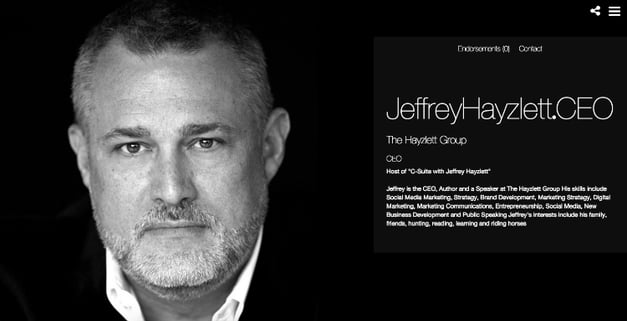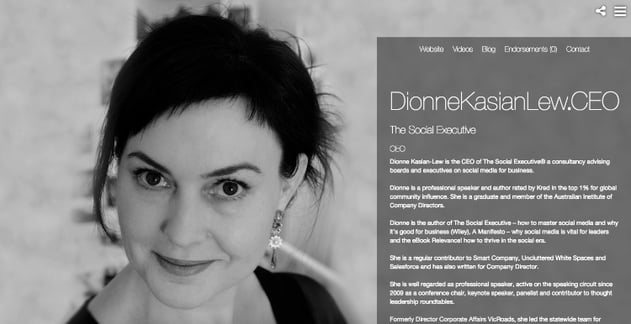By Lydia Dishman
CEO stands for both Chief Executive Officer as well as Chief Engagement Officer.
The lone leader in the big corner office of the old days has gone.
In their place stands a vibrant leader with a focus on communication, branding, and community building. Dedication to these efforts boosts the CEO’s profile, it encourages an overall sense of trust in the company.
In a survey of 600 global executives, half linked a company’s overall public perception to the reputation of its CEO, according to public relations firm Burson-Marsteller.
Richard Edelman (www.Edelman.CEO), president and CEO of Edelman, said in an interview for McKinsey that since 2008, the list of factors that make up a respected company is evolving. He says “The new gold is actually in engagement and integrity.”
He points to the example of Indra Nooyi, CEO of PepsiCo and her ability to treat employees well, to put value on a sustainable product array, and to effectively and publicly advocate for “better for you” foods.
In another survey by Weber Shandwick, the majority (76%) of global executives believe that it is a good idea for their CEOs to be social, both internally and externally. When a CEO has a dedicated presence on the company’s website, 87% of respondents believed it was a good way to share news and information. A CEO’s social media activity showed both innovation and a positive impact on the company’s reputation and the ability to give the organization a human face.
For some CEOs, social media helps create a bridge to the public. Alltop CEO Guy Kawasaki told Bloomberg Businessweek that he follows everyone who follows him on Twitter, so that they can directly message him. CEO of Real Wealth SolutionsKevin J. Donaldson (www.KevinJDonaldson.CEO) tweets messages of encouragement to his followers, while Jeffrey Hayzlett (www.JeffreyHayzlett.CEO), CEO of the Hayzlett Group uses LinkedIn to share his thought leadership articles and latest video interviews.
Dionne Kasian-Lew (www.DionneKasianLew.CEO), author of The Social Executive, points out that a CEO’s impact on social media channels can be measured in a variety of ways to determine return on investment. “So if I am engaging more across platforms, does it amplify my message, where does it work, where doesn’t it work?” she explained in an interview.
Few and far-between social updates and a static “about” page on a company website don’t offer a three-dimensional picture of the CEO as a person who wants to engage with other people.
Many CEOs are securing a more appealing executive identity with the .CEO Registry. While almost all names are already taken in the more general .com namespace, business leaders can quickly claim a more meaningful name with the new .CEO Domain. Forward thinking professionals can easily build an attractive profile that showcases their current role, achievements and social profiles and helps them to connect with like minded executives.
Hayzlett, Donaldson, Kasian-Lew and more than 2,000 others have claimed their .CEO web pages to consolidate their many online profiles into one landing page. Many more executives are learning about the power of their personal domain through this video, which already has over 20,000 views.
Bottom line: Social engagement is a necessary part of doing business for a CEO or any C-suite executive. Alan See (www.AlanSee.CEO), the Chief Marketing Officer for CMOTemps, maintains a number of personal domains and is active on social media. With a Twitter following in excess of 78,000, See believes it is very important for an executive to take ownership of, build, and nurture their personal brand, and “The .CEO websites, by design, are already branded for that purpose and that makes the task much easier.”
About PeopleBrowsr
PeopleBrowsr is a technology company which provides enterprise, government and Top Level Domain owners with the ability to launch their own social networks and analyze and engage the members of those networks.

